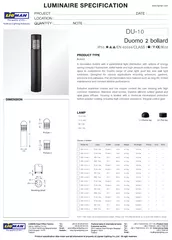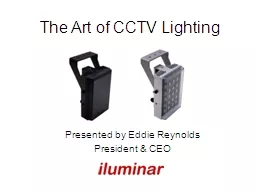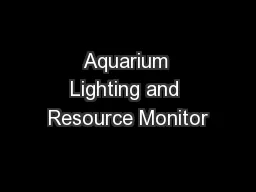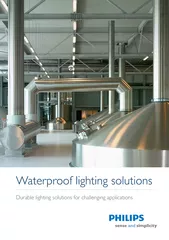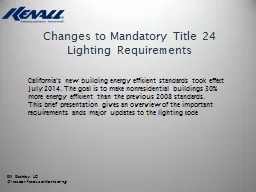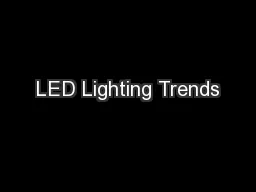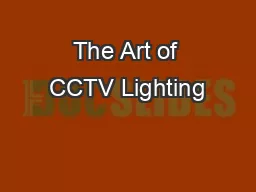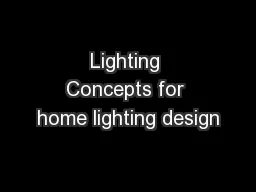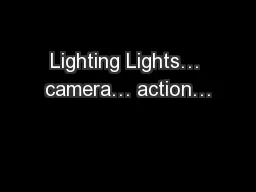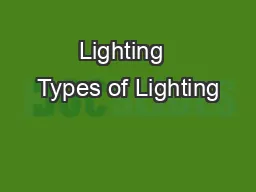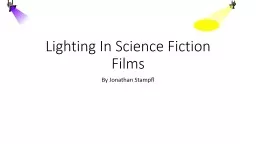PPT-Chapter 7 Lighting Introduction
Author : BossCalling | Published Date : 2022-07-28
Light affects the appearance of our world in varied and sometimes dramatic ways Objects also respond differently to light Besides having different colors objects
Presentation Embed Code
Download Presentation
Download Presentation The PPT/PDF document "Chapter 7 Lighting Introduction" is the property of its rightful owner. Permission is granted to download and print the materials on this website for personal, non-commercial use only, and to display it on your personal computer provided you do not modify the materials and that you retain all copyright notices contained in the materials. By downloading content from our website, you accept the terms of this agreement.
Chapter 7 Lighting Introduction: Transcript
Download Rules Of Document
"Chapter 7 Lighting Introduction"The content belongs to its owner. You may download and print it for personal use, without modification, and keep all copyright notices. By downloading, you agree to these terms.
Related Documents


